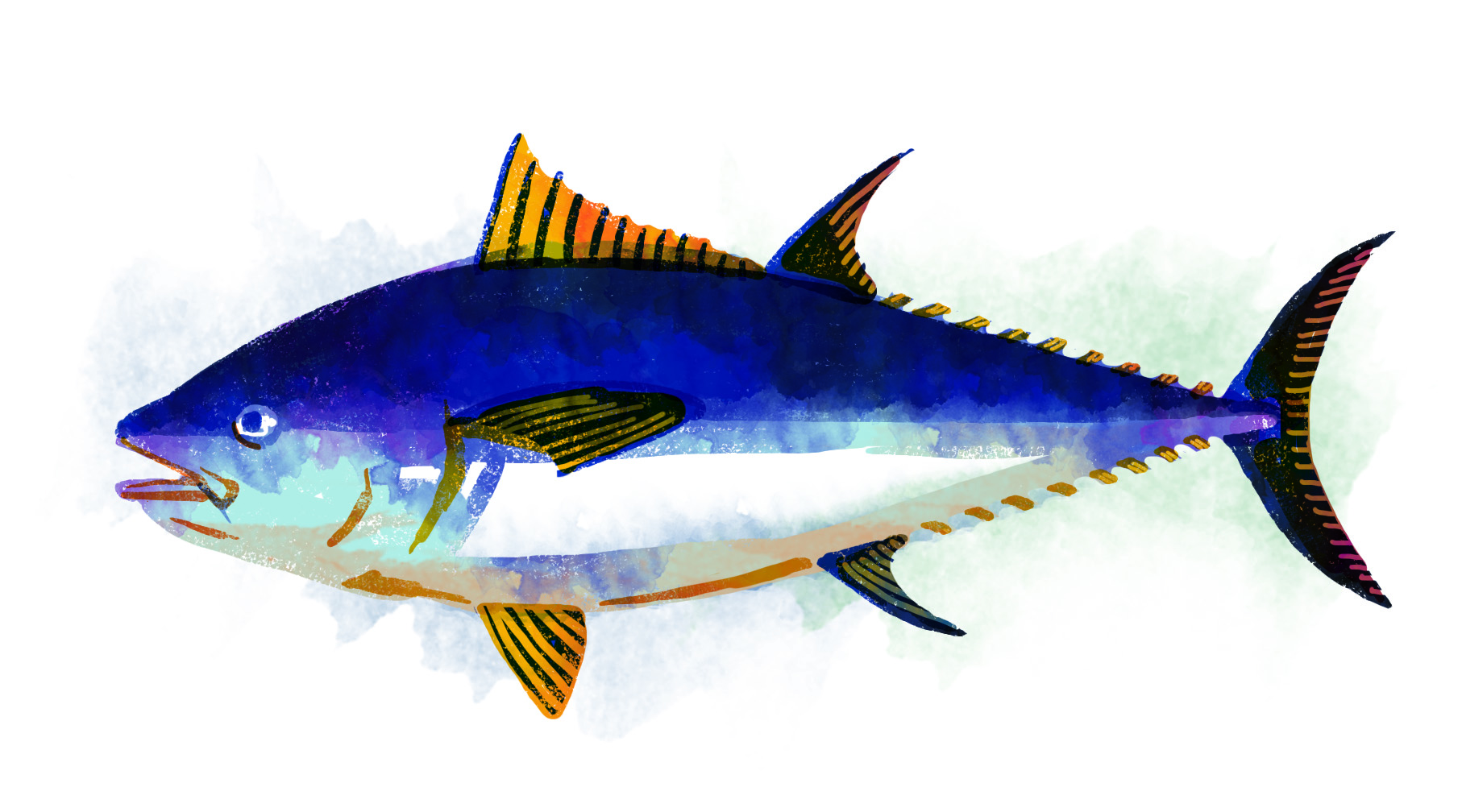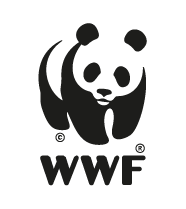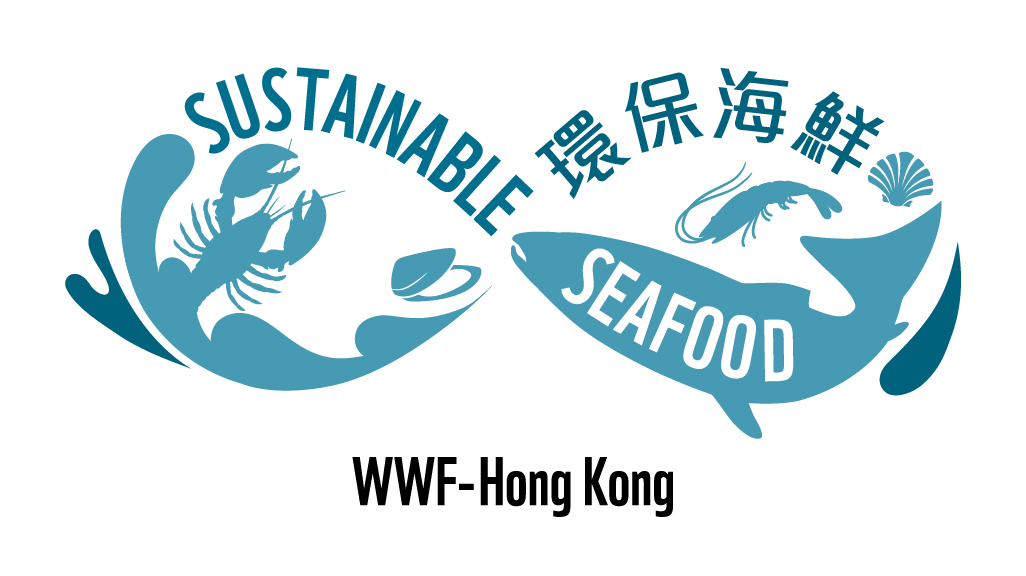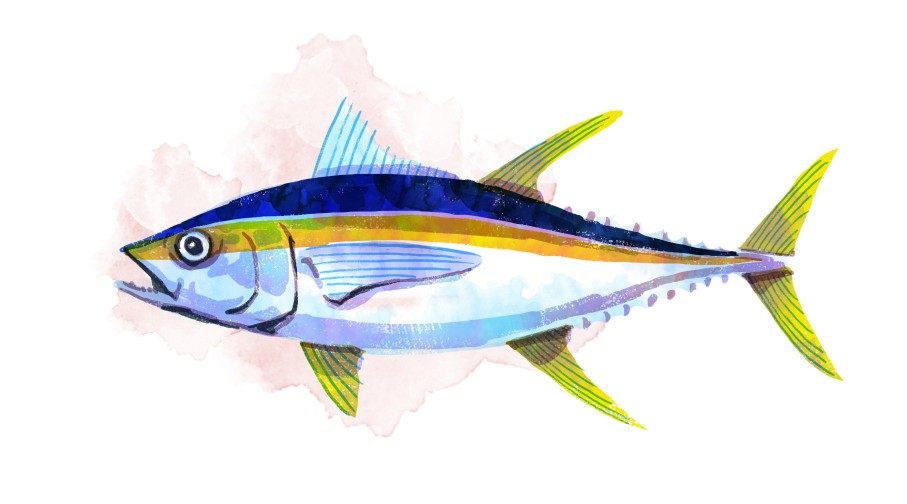
Partly hatchery-based & partly from the wild
The main feed for the Pacific bluefin tuna are squid, mackerel and sardine, mostly sourced from China and Europe. Feed traceability is low. The fish-in-fish-out ratio is high, meaning that high amounts of feed are required to produce one kilogram of bluefin tuna.
As net cages fully open to the sea, untreated waste will discharge directly into the natural environment. There is a high waste discharge rate. Habitat alteration is minor. The blacktip shark will break into tuna cages and feed on dead or dying bluefin tuna. The escape rate of the Pacific bluefin tuna is high, which will have a genetic impact on the wild population.
Aquaculture activities are regulated under the Fisheries Law and administered by Japan’s Ministry of Agriculture, Forestry and Fisheries (MAFF). The management includes the water pollution act, habitat protection, disease control, etc. There is a lack of information on chemical use. The overall management is partly effective.


